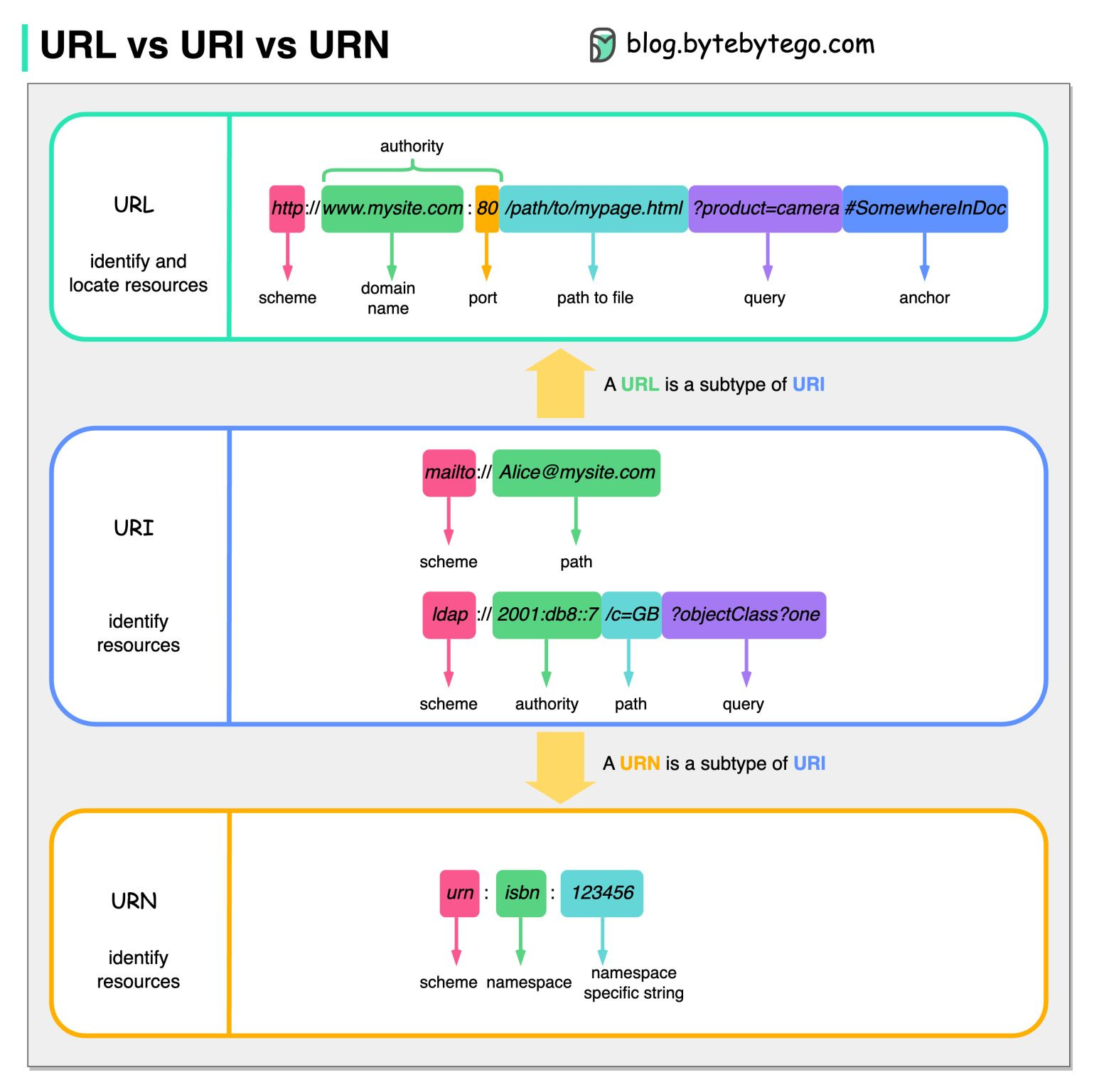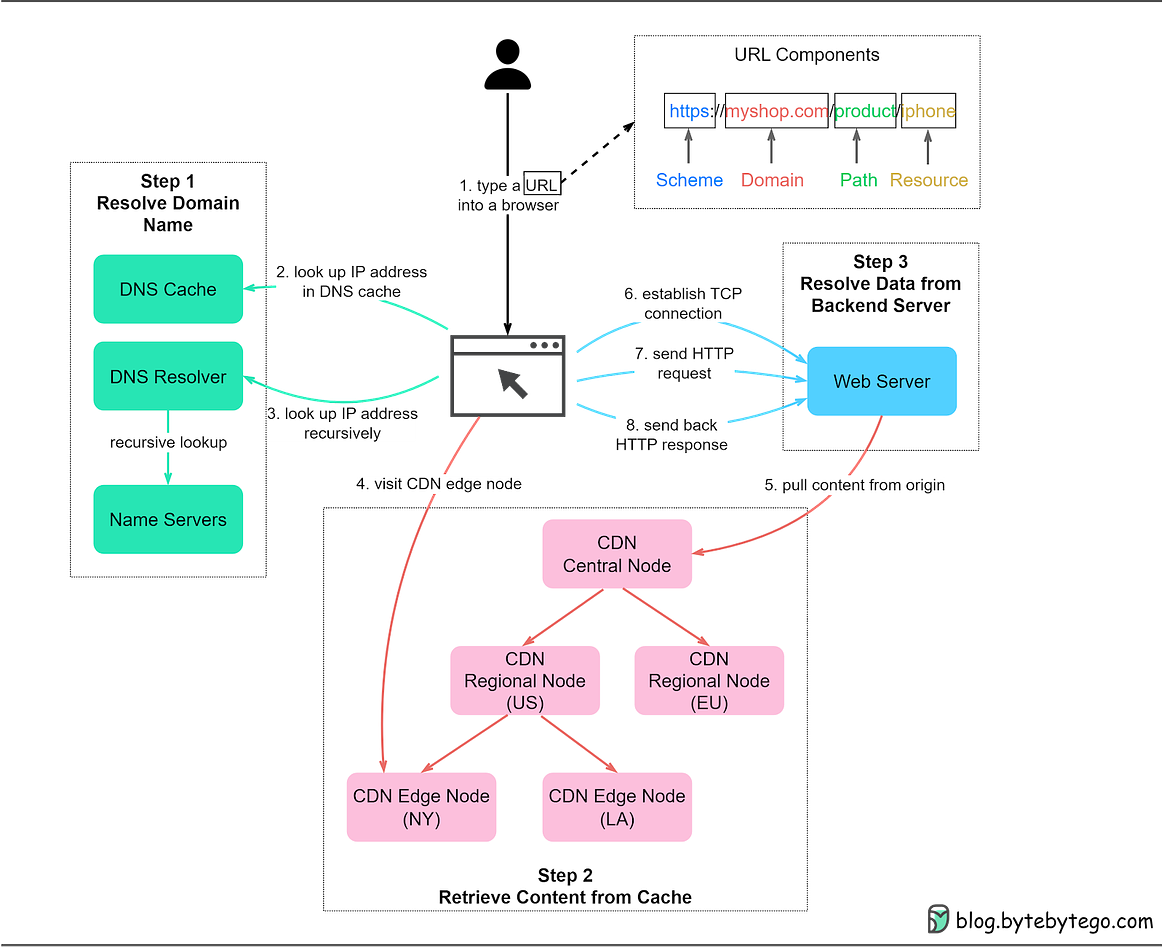- Mailing Lists
- in
- EP66: Comparison of URL, URI, and URN
Archives
- By thread 5307
-
By date
- June 2021 10
- July 2021 6
- August 2021 20
- September 2021 21
- October 2021 48
- November 2021 40
- December 2021 23
- January 2022 46
- February 2022 80
- March 2022 109
- April 2022 100
- May 2022 97
- June 2022 105
- July 2022 82
- August 2022 95
- September 2022 103
- October 2022 117
- November 2022 115
- December 2022 102
- January 2023 88
- February 2023 90
- March 2023 116
- April 2023 97
- May 2023 159
- June 2023 145
- July 2023 120
- August 2023 90
- September 2023 102
- October 2023 106
- November 2023 100
- December 2023 74
- January 2024 75
- February 2024 75
- March 2024 78
- April 2024 74
- May 2024 108
- June 2024 98
- July 2024 116
- August 2024 134
- September 2024 130
- October 2024 141
- November 2024 171
- December 2024 115
- January 2025 216
- February 2025 140
- March 2025 220
- April 2025 233
- May 2025 239
- June 2025 303
- July 2025 119
EP66: Comparison of URL, URI, and URN
EP66: Comparison of URL, URI, and URN
This is a sneak peek of today’s paid newsletter for our premium subscribers. Get access to this issue and all future issues - by subscribing today. Latest articlesIf you’re not a subscriber, here’s what you missed this month: To receive all the full articles and support ByteByteGo, consider subscribing: This week’s system design refresher:
OAuth 2 Explained in Simple Terms URL, URI, URN - Do you know the differences?The diagram below shows a comparison of URL, URI, and URN.
URI stands for Uniform Resource Identifier. It identifies a logical or physical resource on the web. URL and URN are subtypes of URI. URL locates a resource, while URN names a resource. A URI is composed of the following parts: scheme:[//authority]path[?query][#fragment]
URL stands for Uniform Resource Locator, the key concept of HTTP. It is the address of a unique resource on the web. It can be used with other protocols like FTP and JDBC.
URN stands for Uniform Resource Name. It uses the urn scheme. URNs cannot be used to locate a resource. A simple example given in the diagram is composed of a namespace and a namespace-specific string. If you would like to learn more detail on the subject, I would recommend W3C’s clarification. What are the differences between a data warehouse and a data lake?The diagram below shows their comparison.
Over to you: Do you use a data warehouse or a data lake to retrieve data? Twitter 1.0 Tech StackThis post is based on research from many Twitter engineering blogs and open-source projects. If you come across any inaccuracies, please feel free to inform us. Mobile: Swift, Kotlin, PWA Web: JS, React, Redux Services: Mesos, Finagle Caching: Pelikan Cache, Redis Databases: Manhattan, MySQL, PostgreSQL, FlockDB, MetricsDB Message queues: Kafka, Kestrel Data processing: Heron, Flume, Tableau, SummingBird, Scalding Data storage: Hadoop, blob store Data centers: Twitter data center, AWS, Google Cloud Tools: Puppet, Audubon, Wilson SPONSOR US📈 Feature your product in the biggest technology newsletter on Substack ByteByteGo is the biggest technology newsletter on Substack with over 450,000 readers working at companies like Apple, Meta, Amazon, Google, etc. They have the influence and autonomy to make large purchase decisions. Learn more today. Latest articlesHere are the latest articles you may have missed: To receive all the full articles and support ByteByteGo, consider subscribing: © 2023 ByteByteGo |
by "ByteByteGo" <bytebytego@substack.com> - 11:37 - 1 Jul 2023




